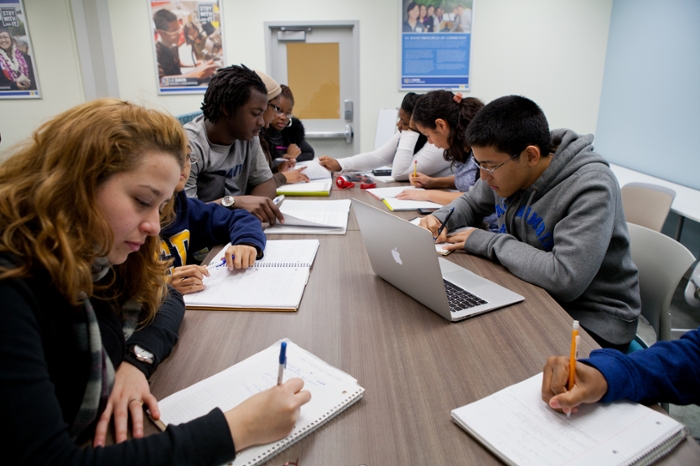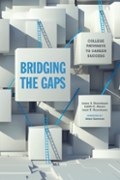Bridging the Gaps
New book examines pathways for non-traditional college students
Get all our news

A new book by IPR education researcher James Rosenbaum examines how community colleges can help students complete their degree.
Responding to the increased labor-market demand for education, society has been pushing the idea of “college for all,” encouraging all young adults to attain a bachelor’s degree. National and state policies have also promoted increased college enrollment, with financial support from scholarships, grants, and loans.
These efforts are working: Most high school students want to attend college, and 90 percent of those who graduate on time enroll in higher education within eight years.
“That’s a really big accomplishment,” said IPR education researcher James Rosenbaum. “But of course, it’s not the whole story.”
Colleges have traditionally been targeted to high-income and high-achieving students, but now, nontraditional students enroll at increasingly higher rates. So what can colleges do to help these students succeed?

More education options are one answer, Rosenbaum and his colleagues explain in Bridging the Gaps: College Pathways to Career Success (Russell Sage Foundation, 2017). Certificates and associate degrees have become strong alternatives to bachelor’s degrees with significant earnings payoffs over high school diplomas.
“Eighty-four percent of high school seniors are planning to get a BA. That’s not going to happen,” Rosenbaum said. “But they don’t know anything else. We haven’t told them about the value of alternatives.”
Using multiple longitudinal studies, the authors find that associate degrees and college certificates, such as those for computer technicians or paralegals, lead to higher employment rates and higher earnings than high school diplomas, as well as more career opportunities and better job satisfaction. They can also be completed in less time than bachelor’s degrees, making them affordable options for low-income students who fear massive loans.
However, nearly half of students drop out of community college before earning a degree. Some institutional barriers can prevent students from completing their degrees, Rosenbaum and his colleagues argue. For example, many students end up taking courses that do not count towards their degree—a particular problem for first-generation students, who cannot rely on their parents to answer their questions.
The authors recommend that community colleges create structured pathways to help students navigate their way toward a degree. Harper College in Palatine, Illinois, and Guttman College in New York are taking their advice.
Both provide detailed career information during classes and offer intensive advising systems, helping address students’ difficulties before they fail a class and end up dropping out. They are also working to ensure classes have dependable time slots every term, so students do not run into problems with changing work or childcare schedules.
In addition, Rosenbaum noted community colleges need better linkages with both high schools and four-year colleges. Harper, for example, is working with area high schools to prepare students for a college curriculum, and it is helping to ensure that students receive credit for Harper classes at four-year institutions.
Bridging all these gaps could help boost college completion and break the cycle of poverty, according to Rosenbaum.
“The programs I’m talking about are really addressing the issue of how we can help low-income young people get skills that are valued, in high demand, and in vital positions in our society,” he said.
James Rosenbaum is professor of education and social policy, and of sociology. He is an IPR fellow and chair of IPR’s program on Race, Poverty, and Inequality.
Bridging the Gaps: College Pathways to Career Success by James Rosenbaum, Caitlin Ahearn, and Janet Rosenbaum. Russell Sage Foundation, 2017, 176 pp.
Photo: Flickr.
Published: December 21, 2017.